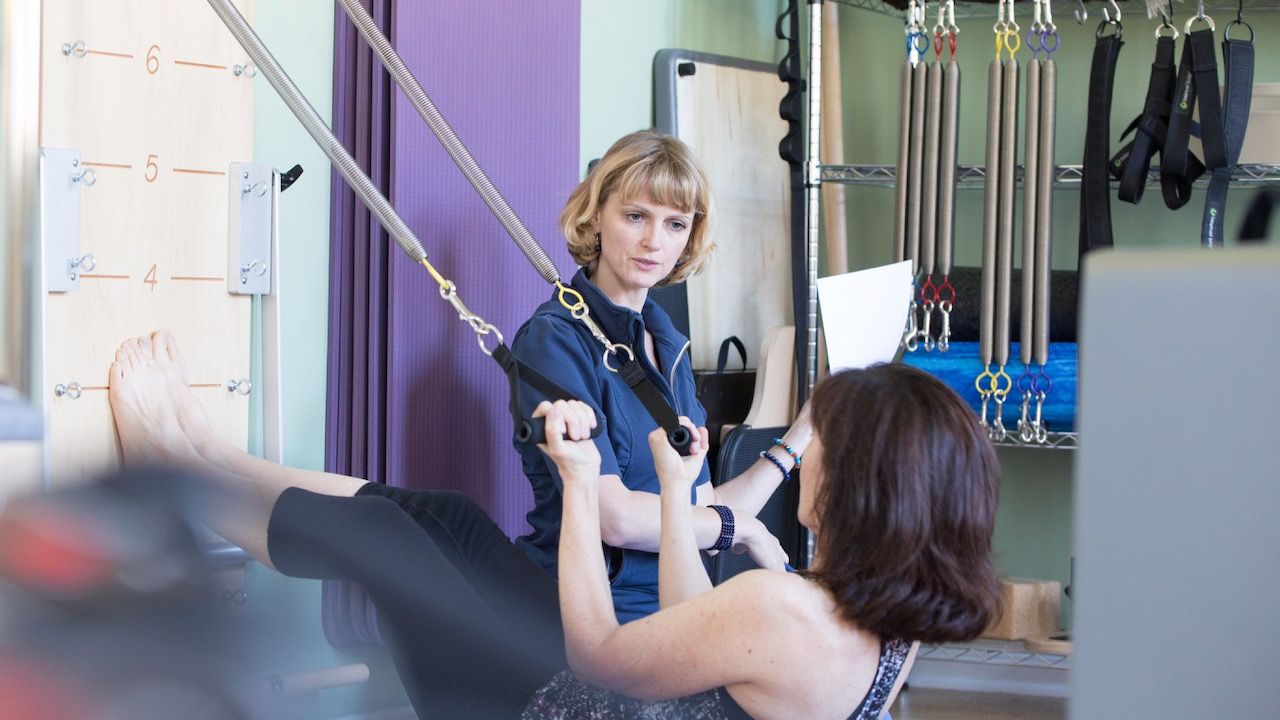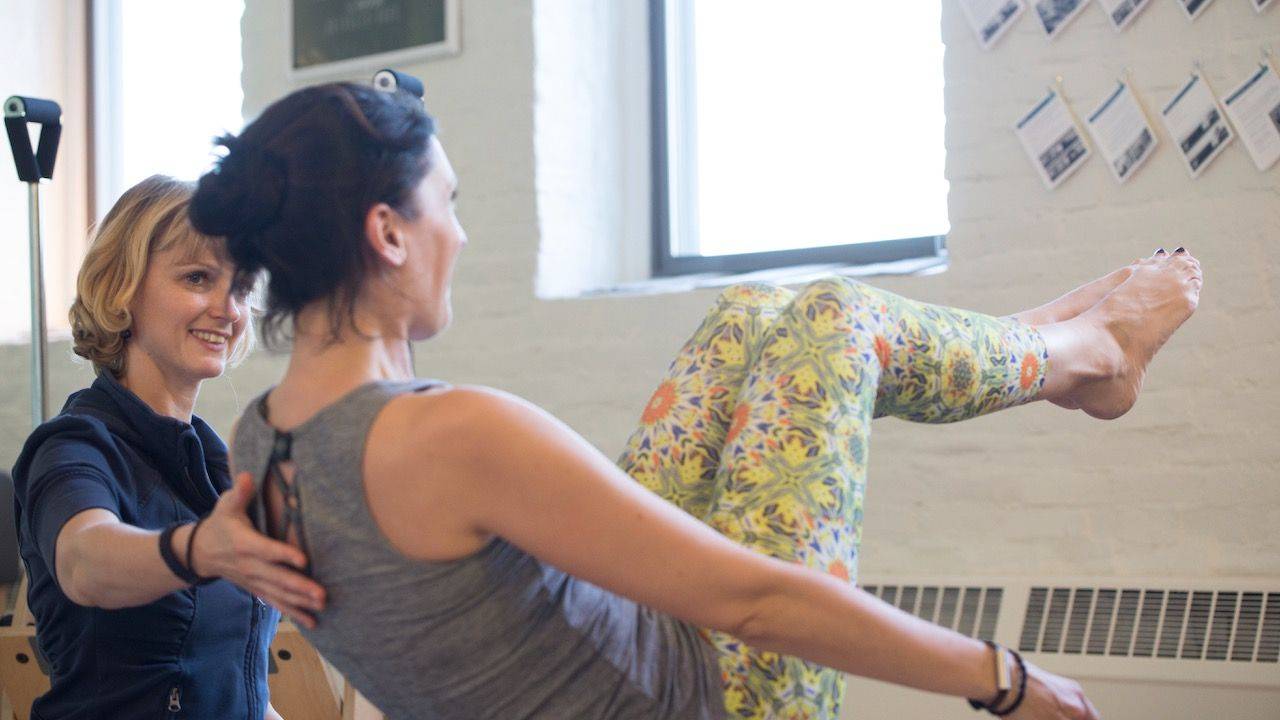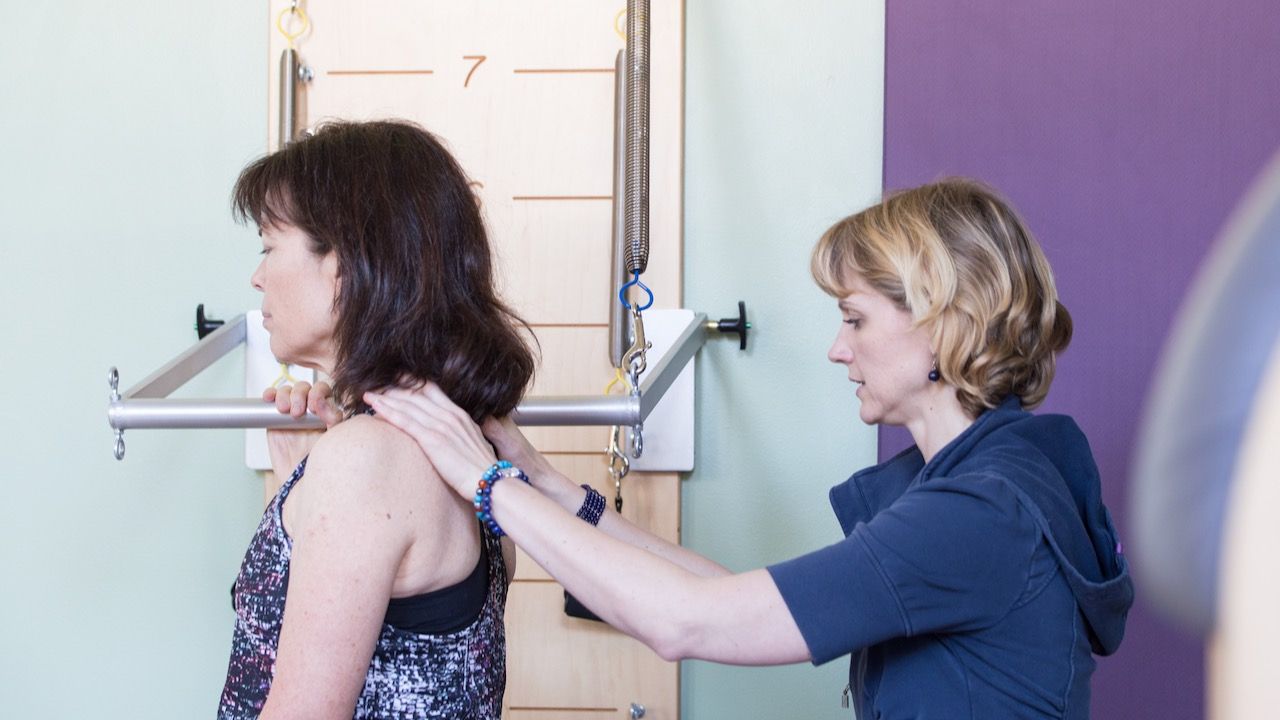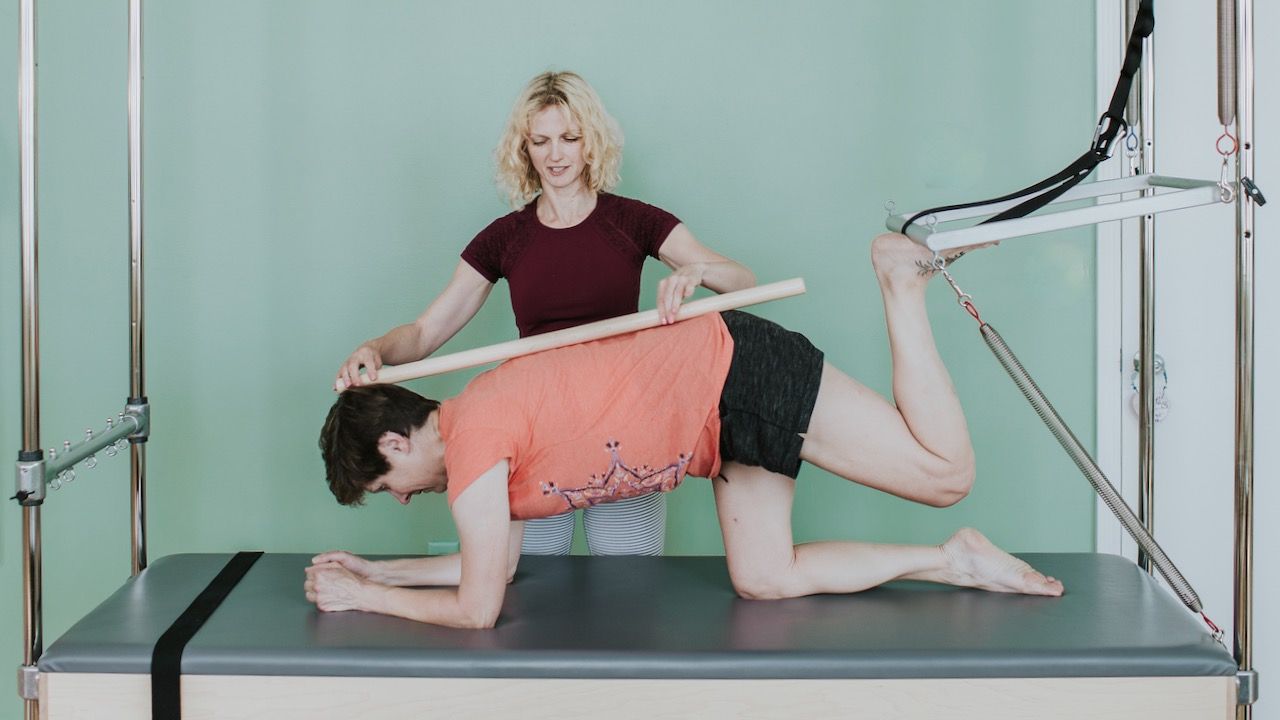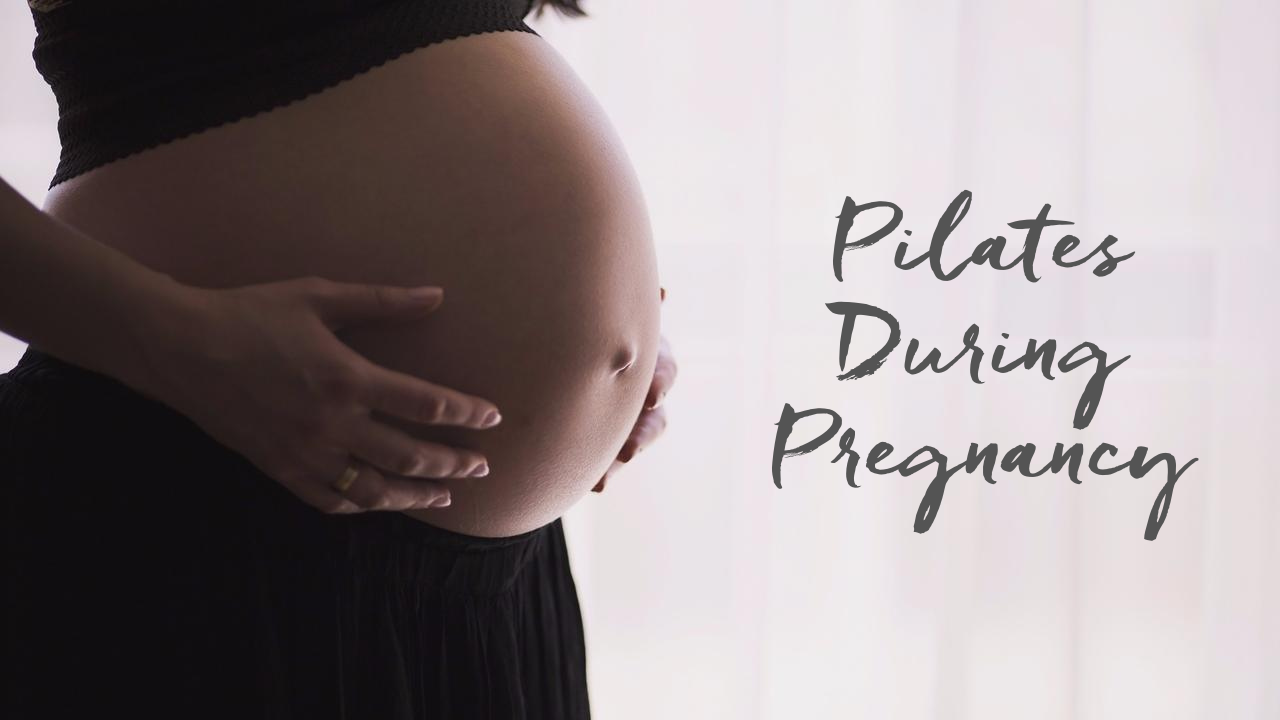
Pilates During Pregnancy
Dec 03, 2019Seeing a plus sign on a pregnancy test means big life changes are ahead! In addition to the excitement (and maybe some nerves) you feel, many expecting women have a lot of questions about how to take care of themselves and the growing baby during pregnancy.
What kind of exercise routines are recommended? Is Pilates a safe choice?
Exercise during pregnancy is an important part of maintaining a healthy lifestyle. Pilates can be a great choice because it strengthens the core and pelvic floor, which can help make pregnancy a little more comfortable.
However, the physical changes that accompany pregnancy may require clients to modify their exercise routine during their pregnancy and immediately after delivery.
Of course, every individual will be different and should check with their doctor to see what's best for them.
Here are some general guidelines and exercises to consider adding to your routine:
First Trimester
No specific contraindications as far as body positions or specific exercises, with the exception of avoiding moderate to maximal contractions of the adductor muscles due to softening of the pubic symphysis.
Second Trimester
Discontinue supine work, or limit it to no more than 5 minutes at a stretch (If the client starts feeling light-headed or her legs feel weak or tingly, bring her out of supine immediately.) Discontinue exercises that deeply work the psoas and hip flexors.
Third Trimester
The size of the mother’s belly will start to limit her ability to flex her spine and the deeply flex her hips. The hormone relaxin is starting to circulate in the body at higher levels leading to a loosening of the ligaments around the joints. This can lead to a lack of stability around the pelvis and cause low back, sacroiliac joint, and hip problems. In this case, be careful with adductor and abductor exercises that stress the pubic symphysis and the sacroiliac joints as they may be especially vulnerable to displacement. Edema can also start to settle in the ankles and lower legs, so keep the feet up as much as you can.
Exercises
Trapeze Table/Cadillac
- Squats
- Spread Eagle
- Standing Arm Series
- Facing In
- Facing Out
Reformer
- Reverse Abdominals
- Seated Footwork
- Up Stretch
Ladder Barrel
- Figure 4 stretches
- Short Box Series (except Climb a Tree)
- Round Back
- Flat Back
- Oblique Flat Back
- Twist
- Hamstring stretch
Mat
- Quadruped Opposite arm and leg reach
- The Z
- Mermaid (skip rotation)
Chair
- Footwork
- Standing Leg Pump Front
- Standing Leg Pump From Side: Cross Over
Spine Corrector
- Seated Back Bend
- Side Kick Series
To learn each of these exercises and to see even more exercises and guidelines for prenatal Pilates, check out the Pilates Protocols chapter of the Pilates Encyclopedia. You'll get videos and detailed instructions for each exercise!

Get support with your day-to-day teaching challenges
Ready to Teach Pilates with Clarity and Confidence?
Sign up to receive my weekly email newsletter. It's jam-packed with Pilates articles, videos, exercise tutorials and teaching tips.
Only super valuable stuff here. No spam ever. Unsubscribe any time.








